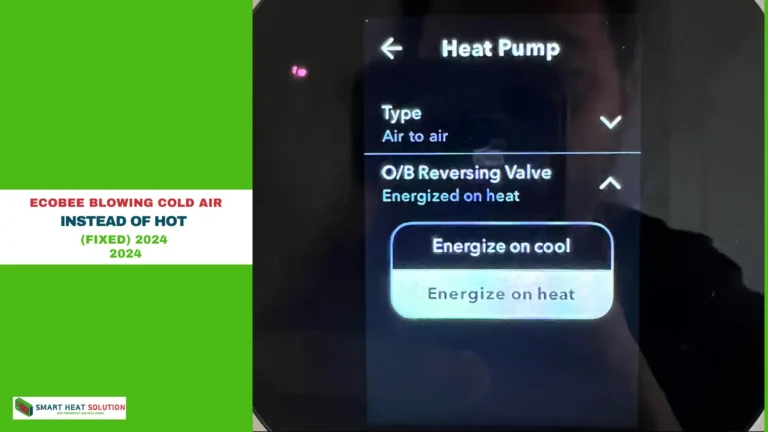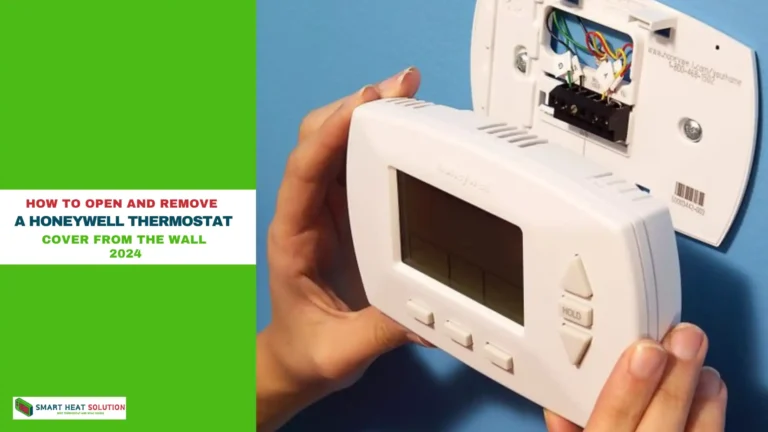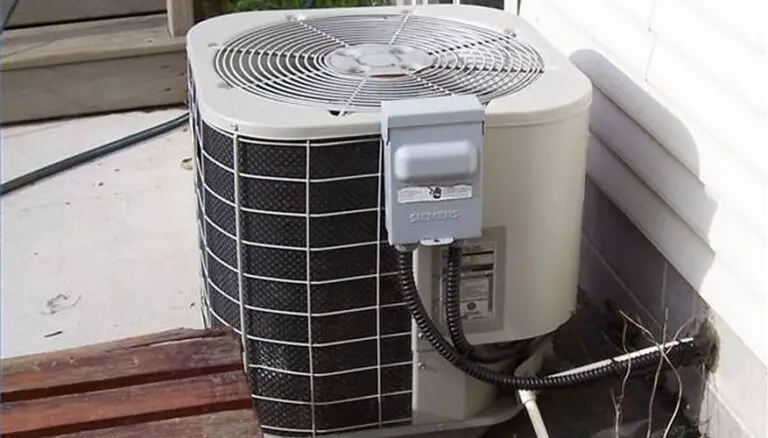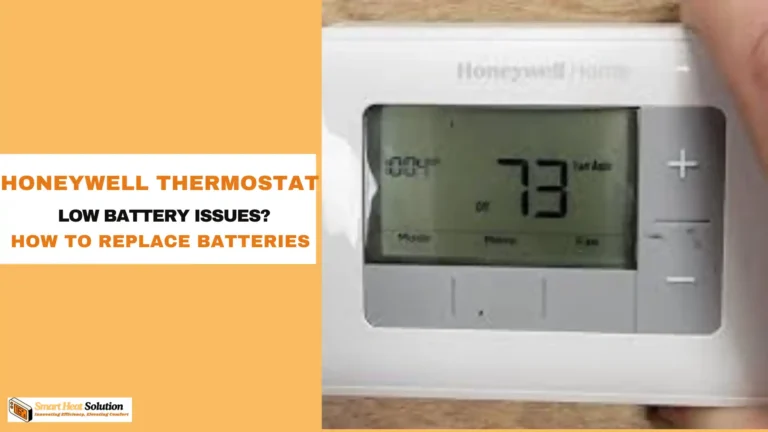How to Fix Bradford White Thermostat Well Sensor Fault
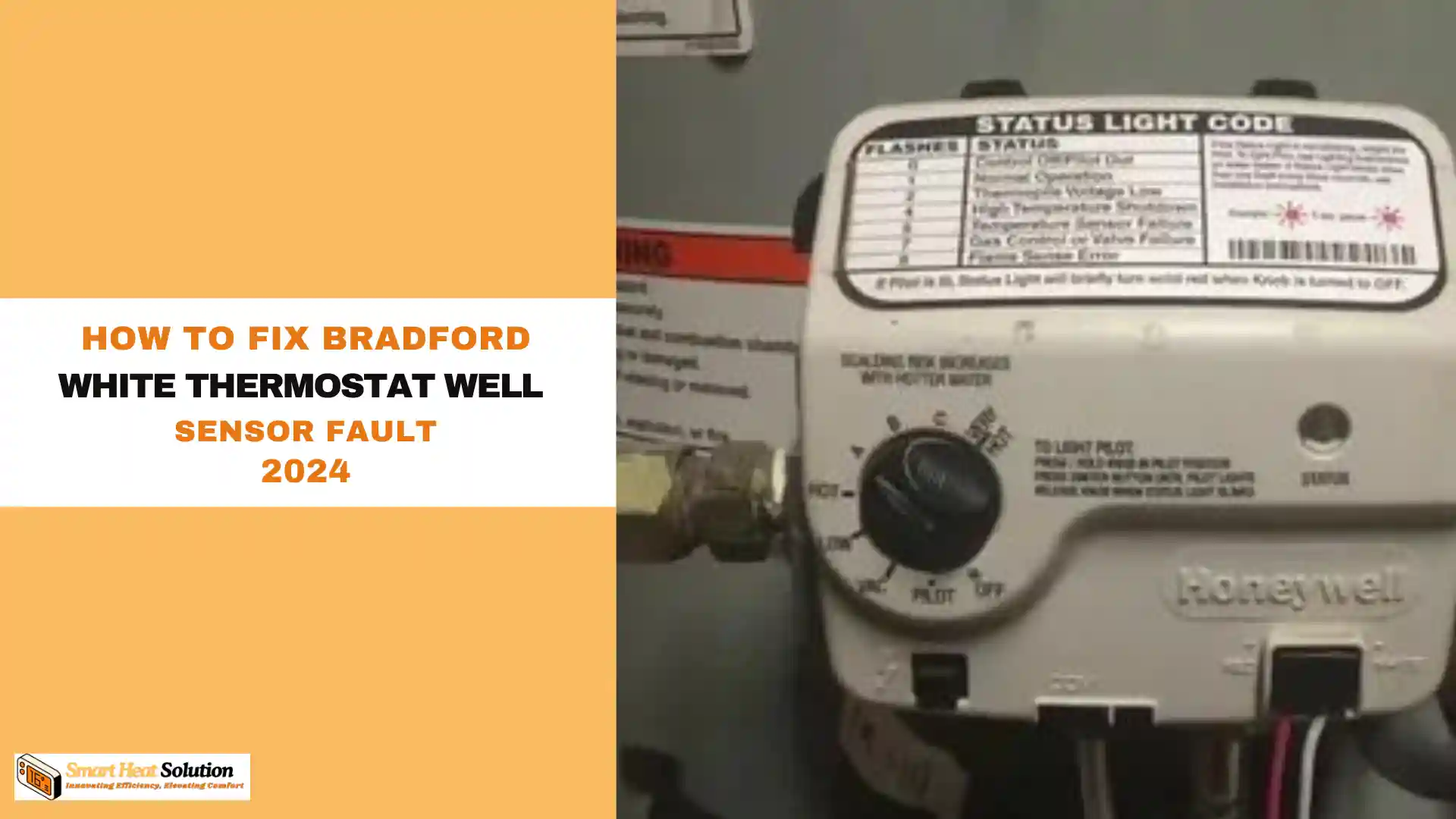
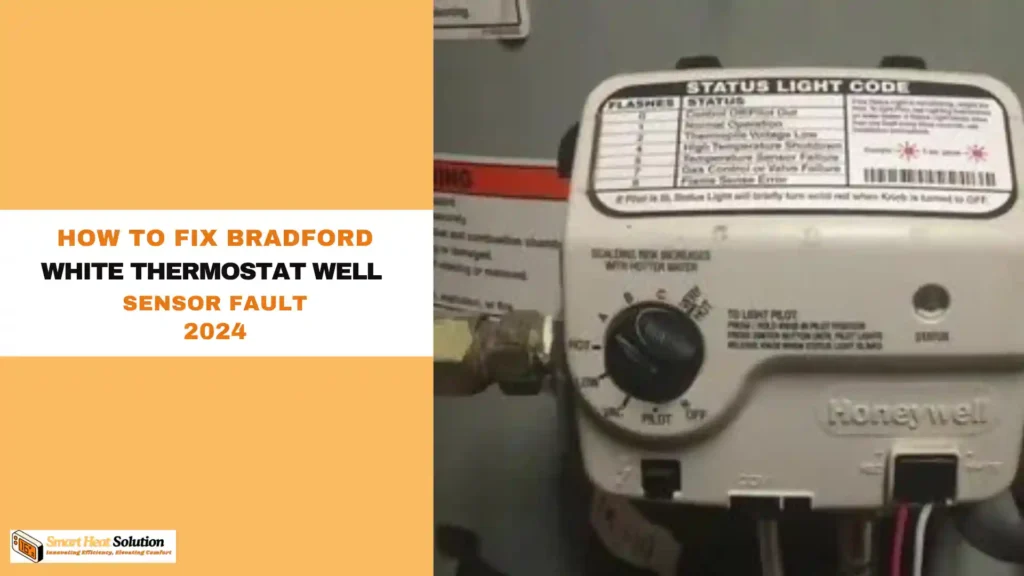
When it comes to home comfort, few appliances are as crucial as your water heater. If you own a Bradford White water heater, you know that it’s built with high quality and efficiency in mind. However, like any other appliance, it may encounter issues over time. One common problem homeowners face is a thermostat well sensor fault. In this article, we will explore what a thermostat well sensor fault is, how to diagnose it, and how to fix it effectively.
What is a Thermostat Well Sensor?
A thermostat well sensor is a critical part of your water heater that monitors the temperature of the water inside the tank. It ensures the system heats water to the correct temperature by sending signals to the thermostat to either kick in or shut off. In simple terms, the well sensor acts like the eyes of the thermostat, helping it know when the water is too hot or too cold.
Common Causes of a Well Sensor Fault
Here are some reasons your Bradford White thermostat well sensor might fail:
- Wear and tear: Like most mechanical components, well sensors don’t last forever. Over time, constant use can cause them to degrade.
- Temperature fluctuations: Repeated extreme changes in temperature can cause stress on the sensor.
- Electrical issues: Loose connections or shorts can interfere with the sensor’s ability to function correctly.
Signs Your Bradford White Thermostat Sensor is Faulty
Wondering if your thermostat well sensor is faulty? Look out for these signs:
- Inconsistent water temperature: One moment the water’s too hot, the next it’s cold.
- Error codes: Some water heaters display error codes when the sensor malfunctions.
- Frequent resets: If you keep having to reset the system, that’s a red flag.
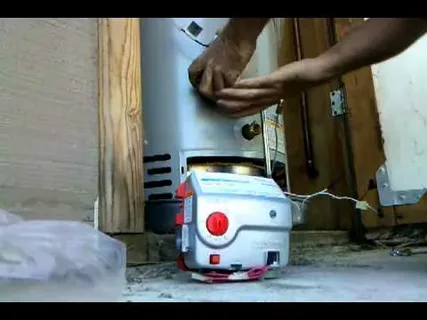
Why You Should Address a Faulty Well Sensor Immediately
Ignoring a faulty thermostat well sensor isn’t just a nuisance—it can also:
- Reduce energy efficiency: A malfunctioning sensor could cause your system to overheat or run longer than needed, hiking up your energy bills.
- Pose safety risks: Overheating water can be dangerous, leading to potential burns or even pressure buildup in extreme cases.
Tools You Will Need
Before you start, gather the following tools:
- Screwdriver
- Multimeter (to test the sensor)
- Replacement well sensor (specific to your Bradford White model)
- Wrench (if necessary)
How to Diagnose the Fault
Diagnosing the thermostat well sensor fault can be a straightforward process if you follow these steps:
1. Safety First
Before working on your water heater, ensure you turn off the power supply. If the unit is gas-operated, turn off the gas valve as well. Safety is paramount when working with any appliance.
2. Check for Error Codes
If your model is equipped with a digital display, start by checking for any error codes. Refer to your owner’s manual for the specific meanings of those codes. These codes can provide a quick diagnosis and direct you to a possible solution.
3. Inspect the Well Sensor
The well sensor is usually located within the tank. Remove the access panel to get to the thermostat area. Take a look at the sensor itself:
- Loose Connections: Ensure all electrical connections are snug and free from corrosion.
- Physical Damage: Check the sensor for any signs of wear, corrosion, or physical damage.
- Wiring Inspection: Look at the wiring for any signs of fraying, discoloration, or other signs of damage.
4. Measure the Resistance
Using a multimeter, you can check the resistance of the well sensor. It should typically read within a specific range (consult your manual for the correct specifications). If it doesn’t, the sensor may need to be replaced.
5. Check the Thermostat
If the well sensor seems fine, the thermostat itself might be the problem. A malfunctioning thermostat can create confusion for the well sensor, leading to incorrect readings.
Fixing the Fault
Now that you’ve diagnosed the issue, let’s move on to possible fixes.
1. Tighten Loose Connections
If you found any loose or corroded connections during your inspection, tightening them or cleaning corrosion can sometimes resolve the issue.
2. Replace the Well Sensor
If the well sensor is faulty:
- Purchase a Replacement: Make sure to buy a sensor that is compatible with your specific Bradford White model.
- Remove the Old Sensor: Carefully disconnect the old sensor.
- Install the New Sensor: Connect the new sensor, ensuring all wires are properly attached.
- Test: Turn the power/gas back on and check whether the issue has been resolved.
3. Replace the Thermostat
If your tests indicate that the thermostat is faulty:
- Obtain a Compatible Thermostat: As with the sensor, make sure to get the appropriate thermostat for your water heater model.
- Disconnect the Power: Ensure the unit is powered down completely.
- Replace the Thermostat: Follow the manufacturer’s instructions to remove the old thermostat and install the new one.
- Test the System: Finally, turn the system back on and monitor its performance.
Maintenance Tips
Once you’ve resolved the thermostat well sensor fault, it’s essential to perform regular maintenance on your water heater:
- Routine Checks: Perform visual inspections of the components and wiring every few months.
- Flushing the Tank: Conduct a flush of the water heater annually to remove sediment build-up.
- Keep an Eye on Temperature Settings: Ensure that the thermostat is set to a safe and efficient temperature, typically around 120°F (49°C).
- Professional Servicing: Consider calling in a professional for a thorough inspection every few years.
FAQs
Q1: How do I know if my water heater is working correctly after repairs?
After completing repairs, run hot water in various fixtures in your home. If the temperature remains consistent and you get hot water promptly, your repairs were successful.
Q2: How often should I check my water heater?
Regular inspections every six months or at least once a year are recommended for optimum performance and safety.
Q3: Can I perform these repairs on my own?
If you are comfortable with tools and have some experience working with appliances, basic troubleshooting and repairs can be done yourself. However, always prioritize safety. If you’re unsure, consult a professional.
Q4: What errors can occur if the well sensor is faulty?
A faulty well sensor can lead to potential overheating which might trigger an emergency shut-off, increased energy costs, or even damage to the heating elements.
Q5: What’s the life expectancy of a Bradford White water heater?
On average, a Bradford White water heater can last 10 to 15 years, depending on maintenance and usage.
Conclusion
Fixing a thermostat well sensor fault doesn’t have to be intimidating. With a little knowledge, a few tools, and a bit of patience, you can address these common issues effectively. Remember that safety always comes first, and don’t hesitate to call a professional if needed. Regular maintenance will also help extend the life of your water heater, ensuring comfort for you and your family for years to come. Happy fixing!

I’m Alan William’s, the founder of SmartHeatSolution.com. I am from California, USA, I’m passionate about innovative heating technologies and their impact on our homes and businesses. With a background in electrican and home repair , I aim to make smart, energy-efficient heating accessible to everyone. When I’m not writing, I’m likely interested in all the thermostat brands and their new technnology. Thanks for stopping by!

